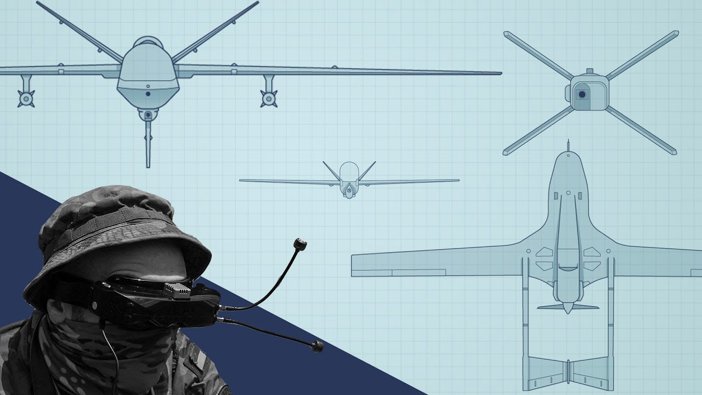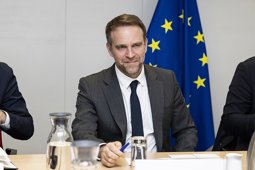
Experts Urge Action on U.S. Drone Defense Gaps
Ukraine’s drone attack exposes U.S. vulnerabilities; experts urge urgent defense updates to counter evolving threats.
U.S. Officials Warn of Homeland Security Gaps
Following Ukraine’s surprise drone attack on Russian military assets, national security experts are sounding the alarm over America’s readiness to face similar threats. Retired military officials and defense analysts argue the United States remains unprepared to intercept a coordinated drone assault on domestic soil.
Col. Seth Krummrich, a former Army Special Forces commander, emphasized that the threat is not technological but bureaucratic. “It is a policy and authority gap that prevents quick responses to drone attacks,” he said. Krummrich believes that only a major drone incident on U.S. soil will catalyze necessary policy reform.
He noted that drones can be hidden in ordinary vehicles, easily modified for lethal use, and deployed to cause damage in under two minutes. “Drones are cheap and deadly, and this knowledge is accessible to both state and non-state actors,” he added. He warned that groups ranging from hostile nations to domestic extremists could exploit these vulnerabilities.
Security Experts Call for Unified Strategy
General David Grange, a retired 101st Airborne veteran recently returned from Ukraine, called the country’s drone tactics a clear case of asymmetric warfare. He warned that a similar attack in the U.S. would be nearly impossible to stop once launched—drawing parallels to the surprise nature of 9/11.
Grange estimated that thousands of individuals within the U.S. may already pose risks as potential operators of such technology. Despite federal awareness of these threats, he said the challenge lies in keeping pace with the rapidly evolving threat landscape. “It’s not complacency—it’s a race to catch up,” he said.
Recent unexplained drone sightings near military installations and political properties, such as at Picatinny Arsenal in New Jersey and near President Trump’s golf club, have only heightened concerns. Events like these, Grange noted, underscore the need to shift from a reactive to a proactive defense posture.
He called for a national strategy that unites federal, state, and local governments with private sector innovators, research institutions, and technology developers. “Solving this challenge will require an all-hands-on-deck approach,” he said, stressing that the Ukraine conflict demonstrates the modern face of warfare.
In congressional testimony, Rep. August Pfluger of Texas echoed these concerns, warning that drone technology in the wrong hands could disrupt critical infrastructure and threaten national security. He urged swift measures to secure U.S. airspace and counter foreign adversaries.
Experts also highlighted the overlap between drone and cyber threats. As demonstrated in Ukraine, drones have contributed significantly to battlefield losses, and adversaries are increasingly capable of jamming U.S.-supplied guided weapons. This underscores the urgent need for America to stay ahead of fast-evolving technologies.
While the Pentagon conducts ongoing threat assessments, details of specific response protocols remain classified. The U.S. currently lacks a centralized missile defense system like Israel’s Iron Dome, though President Trump has proposed a domestic version called the “Golden Dome.”
“The idea of an impenetrable North America is no longer realistic,” Grange concluded. “We must surgically address vulnerabilities before they are exploited.”






